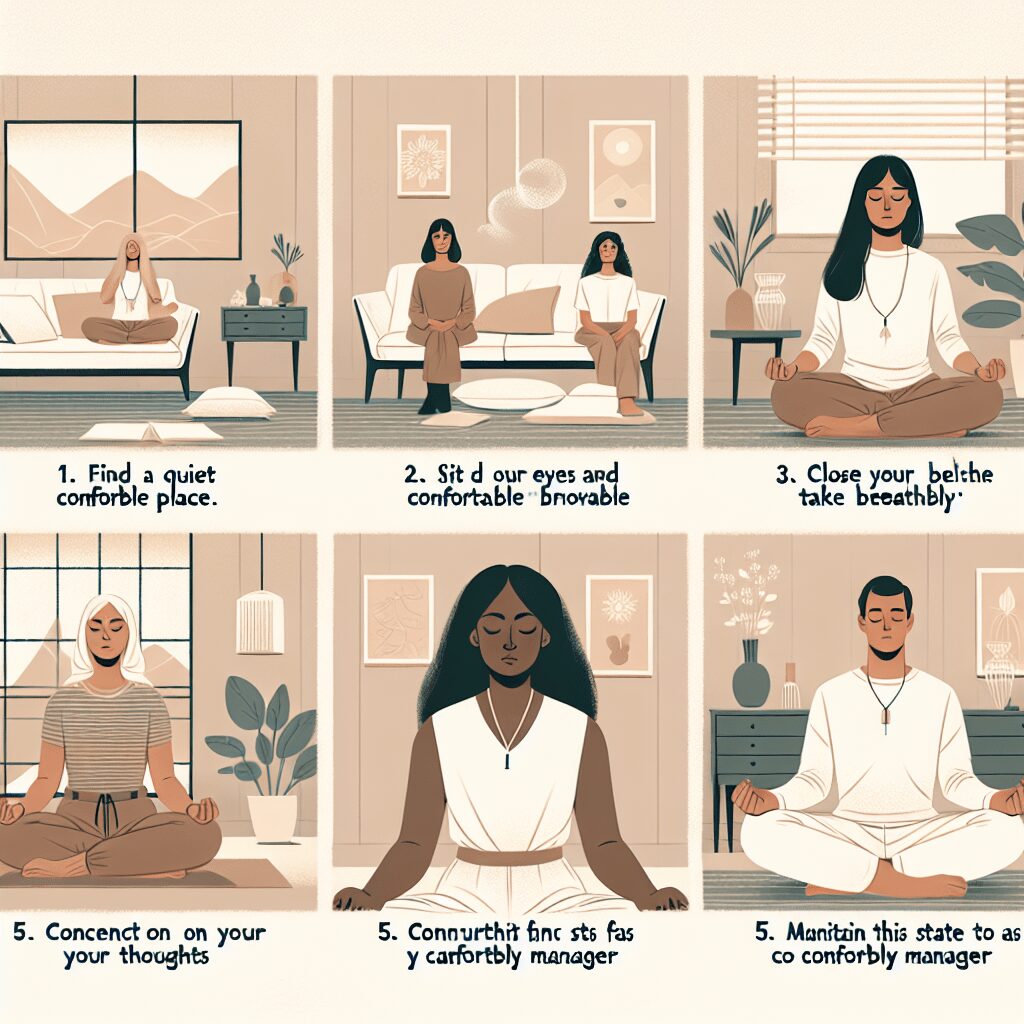
Prioritize your mental well-being daily. Enhance your life by nurturing your mental health with the Smart Meditation app. Break free from stress, alleviate anxiety, and enhance your sleep quality starting today.
Which Cultures Practice Spiritual Inventory?
Unlocking the Mysteries of Spiritual Inventory: A Global Perspective
In the quest for inner peace and self-awareness, various cultures around the globe have turned to the practice of spiritual inventory. This introspective journey isn’t your run-of-the-mill stocktake. Oh no, we’re not talking about counting cans in a pantry. Rather, it’s about delving deep into the self, examining one’s thoughts, beliefs, and emotions. It’s akin to taking a magnifying glass to the soul, scouting for spiritual strengths and pinpointing areas ripe for improvement. Let’s embark on a whirlwind tour, shall we? Buckle up, as we dive into the fascinating world of spiritual inventory across different cultures.
From East to West: A Cultural Compass of Spiritual Inventory
East Asian Wisdom: Zen and Taoism
In the serenity of East Asia, Zen Buddhism and Taoism stand tall like ancient trees, casting shadows of wisdom across the land. Practitioners of Zen engage in Zazen, a meditation that is less about emptying the mind and more about facing one’s thoughts head-on. It’s like having a heart-to-heart with oneself, where the aim is not to judge but to observe and understand.
Taoism, with its roots deep in Chinese philosophy, emphasizes living in harmony with the Tao, or the Way. Here, self-reflection is key. By contemplating one’s place in the natural order, Taoists seek to align their inner and outer worlds. Talk about seeking balance!
The Indigenous Paths: A Journey of Connection
Treading lightly across the Earth, Indigenous cultures from across the globe—from the Native Americans to the Australian Aboriginals—hold sacred the practice of spiritual inventory. Through rituals, storytelling, and ceremonies, these cultures encourage individuals to explore their relationship with the natural world, their community, and their inner selves.
For instance, the Native American vision quest is a rite of passage, a solitary sojourn into nature to seek personal growth and spiritual guidance. Similarly, Aboriginal Dreamtime stories serve not just as tales to tell by the fire, but as guiding principles for living in harmony with the land and oneself.
Western Contemplations: The Mystics and The Modern Mind
Moving westward, we encounter the mystics of medieval Europe, whose practices of meditation and contemplation bear a striking resemblance to their Eastern counterparts. The mystics sought direct experience of the divine, engaging in deep, reflective practices to unearth the sacred within.
In the contemporary Western world, the concept of a spiritual inventory has been popularized by various self-help movements and therapeutic practices. Consider the 12-step program used in groups like Alcoholics Anonymous, where taking a “fearless moral inventory” is a crucial step towards recovery. Here, the aim is to confront personal flaws and wrongdoings head-on, fostering a profound sense of self-awareness and paving the way for amends.
The Unifying Thread
So, what’s the common thread weaving through these diverse practices? At its core, a spiritual inventory is about seeking truth within oneself. Whether through meditation, storytelling, or introspection, the aim is to strip away the superficial, confronting both the light and shadow sides of the self. It’s about questioning, “Who am I, really?” and “What changes do I need to make to align more closely with my spiritual truths?”
Embarking on a spiritual inventory can be daunting, akin to opening Pandora’s box. But fear not! The journey, though challenging, can be profoundly rewarding, offering insights that pave the way to personal growth and enlightenment.
In Conclusion
In a world that’s always on the go, taking a moment—or several—to conduct a spiritual inventory is akin to giving your soul a well-deserved break. Regardless of the cultural path one follows, the essence remains the same: it’s about introspection, self-discovery, and ultimately, transformation. So, why not take a leaf out of the global spiritual playbook and embark on your own journey of self-reflection? You may be surprised by what you find.





